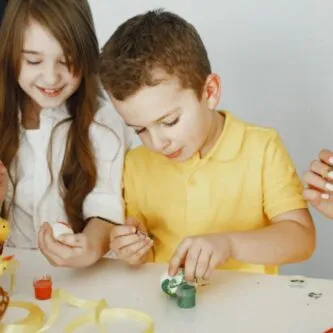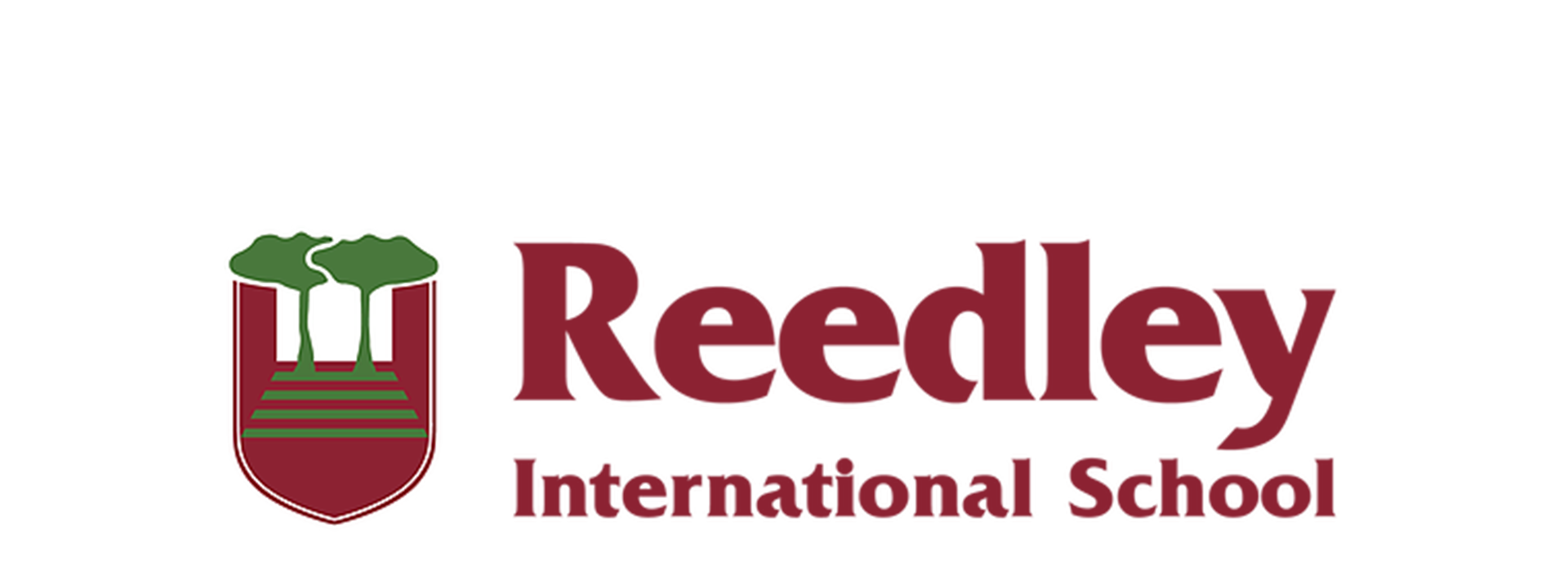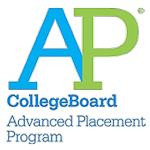
Suffice to say, technology has changed the landscape of education dramatically. The history of online education can be traced to two universities: the University of Illinois and Stanford University. In the 1960s, students at the University of Illinois were given access to class information through linked computer terminals. Whereas in the mid-1960s, psychology professors at Stanford University experimented with using computers in teaching spelling and arithmetic to elementary students. They utilized Teletypes, an electromechanical teleprinter.
However, the 1990s became the vanguard of online education when the world wide web was introduced to the general public. During the same period, companies started to develop products to promote and assist student learning. Thus, the global education system has never been the same since then.
A paradigm shift towards online education
In her article “Shift happens: online education as a new paradigm in learning,” leading educator and scholar Linda Harasim presented an overview of how online education began. The author asserts that online education has provided a framework and context for collaborative learning, particularly post-secondary education. She anchored her discussion with implementing a web-based learning environment called Virtual-U. About 15,000 students spread over 439 courses and 250 faculties participated in the project.
While the concept of distance learning is not in its infancy, Harasim’s Virtual-U experiment solidified the value of online education and, specifically, distance learning. However, the said value was not realized through the mentioned method. Instead, this learning process made it possible for the instructor and students to meet and interact virtually in real-time streamlined and efficient.
Twenty years later, such value intensified when the coronavirus (COVID-19) pandemic turned the world upside down in 2020 or what was considered the “worst disruption of public schooling in modern history” (Gutierrez & Bilefsky, 2021). The health crisis compelled the schools to close in the meantime. Schools enforced distance learning whereby students participated in online classes. As a result, we have seen the unprecedented growth of educational technology, also called edutech or edtech. The United Nations Educational, Scientific and Cultural Organization (UNESCO) enlisted edutech as the solution to helping schools facilitate distance learning. In 2020, edtech startups raised a venture capital fund amounting to $1.78 billion in the United States alone.
Online classes in the Philippines
In the Philippines, online classes are understood to be educational programs, courses, and subjects that are held on the Internet. This is one of the several modalities that the Department of Education (DepEd) has encouraged public and private schools to provide quality distance learning. On a side note, DepEd has issued an infographic to guide parents on which learning delivery modality best suits their children (See the infographic below).

Learning Delivery Modality Infographic (Source: DepEd, 2020)
Advantages and disadvantages of online classes in the Philippines
Child Hope Organization (2021) outlines the advantages and disadvantages of online classes in the Philippines.
Advantages of online classes in the Philippines. Online classes are currently widely used in the country. Online classes are convenient, flexible, and safe. First, students can interact with their teachers and classmates in real-time. Second, students can learn at their own pace. For example, Reedley International School, a top international school in the Philippines conducts synchronous and asynchronous classes. Synchronous classes are live online lessons that students must attend during their scheduled time. Asynchronous classes are pre-recorded classes that the students may watch at the most convenient time. Third, online classes keep students and teachers safe because both can take care of learning and teaching, respectively, from the comfort of their own homes. Fourth, online classes allow the students to have quality time with their families, which is good for their mental health.
Disadvantages of online classes in the Philippines. Online classes present technical, non-technical, and financial challenges. Filipino students 1) have no access to a reliable Internet connection and 2) lack mobile devices for online learning. The Internet and electronic devices have become a necessity. The escalating monthly bills have become a burden, especially in households whose primary breadwinners lost their jobs or source of income due to the ongoing pandemic. Speaking of households, there is usually no space devoted to online learning for both students and teachers. Aside from this mobility issue, time management became difficult for students who help with household chores and teachers who manage the household. Indeed, social inequalities and the general lack of resources posed a massive blow to many students and teachers (De Guzman, 2021).
Online learning challenges
Distance learning, particularly implementing online classes in the Philippines, is not without its challenges. This is true for all the entities involved: students, teachers, school administrations, and parents. Moreover, educators themselves fear that the prolonged school closures would adversely affect the students’ learning ability, which would definitely impact their future (De Guzman, 2021).
Online learning challenges the Filipino students face
On the part of the students, online learning has been a struggle. A study conducted by Barrot, Llenares, and del Rosario (2021) revealed that college students are faced with challenges that impact their overall learning experiences.
Among these, their most significant challenges are related to the learning environment at home, including difficulties setting up the learning area, sticking with a study schedule, and steering clear of distractions. Technological knowledge and competency are not much of a challenge for these college students who participated in the study. The financial ramifications of doing ongoing online classes are areas where the participants felt most challenged. In the Philippines, not every household has access to postpaid Internet—the majority relies on data. Buying Internet load requires shelling out a hundred pesos for 1 to 2 gigabytes of data, which proved inadequate most of the time. Participant S66 mentioned, “not all the time I have money to load” (Barrot, Llenares, & del Rosario, 2021). In a separate account, online learning consumed at least Php500 ($10) to the monthly budget, which is a struggle for families with irregular income (Beltran, 2021).
A blog published by Reedley International School (2020) outlines the challenges that younger students face. Apart from at-home distractions and technical difficulties, students have a general lack of engagement. The pressure lies on both the parents and students when enthusiasm dwindles. This is more so for very young children whose attention span is shorter than adults. The role of the parents is paramount so that their children will not perform poorly, albeit distance learning. When children are experiencing difficulties, the parents are expected to encourage and reinforce learning amidst their hardships.
Addressing the online learning challenges
Schools have one goal: to keep the students fully integrated and engaged in learning. However, there remains the fact that the number of out-of-school Filipino youths rose and is continually increasing amid the ongoing pandemic. Moreover, most of them cannot attend school due to the lack of resources and provisions, materially and financially. However, these two factors are generally tied. For instance, some students do not have the money to buy a gadget suitable for attending online classes or mobile Internet load even when they have the gadget to use. In 2020, DepEd data revealed that approximately 4 million students did not enroll in 2020-2021. Still, the Philippines’ student population in public schools is 27 million (De Guzman, 2021).
Prioritize learning inclusivity and continuity
DepEd and the Commission on Higher Education (CHED) prioritized the implementation of flexible learning systems, including the modalities mentioned above. As a result, changes in the learning environment are introduced for all students regardless of grade levels. These are online, offline, and blended learning. Online classes and printed modules are utilized, and the combination of the two so that no Filipino learner is left behind. Blended learning in the Philippines gave schools the opportunity and freedom to tackle distance learning in the way they think is the most effective. For instance, Reedley International School (2021):
“developed structures and methods for … blended learning that would not cause any disruption to the students’ learning cycle … [while also offering] a world-class mix of traditional and progressive education while responding to the current needs of the ongoing circumstances.”
Such learning environment changes are fundamental to DepEd’s Basic Education-Learning Continuity Plan (BE-LCP), announced on May 8, 2020 (Montemayor, 2020). Students who have no Internet access may continue learning through printed self-learning modules. Families without access to gadgets or the Internet prefer modules (Beltran, 2021). DepEd Commons was opened for students with Internet access; it is an online education platform that aims to support alternative learning modes. The Department also provides distance learning in different media such as radio and television. This is an effective way to minimize learning losses brought about by homeschooling (Child Hope Organization, 2021).
On the other hand, CHED Chairperson Prospero de Vera established the necessity of flexible learning since it is more encompassing than merely distance learning (Joaquin, Biana & Dacela, 2020). Flexible learning does not necessarily require connectivity. According to him, finding various ways to cope allows the government agencies and the schools to ensure learning continuity. CHED focused on capacity building, especially faculty training, providing an online resource through PHL CHED CONNECT, and establishing the Bayanihan digital communities of educators (Joaquin, Biana & Dacela, 2020).
Implement remedial learning programs
To reduce learning losses further, schools should implement remedial learning when it is time for all students to engage in face-to-face (F2F), in-classroom learning. The remote learning systems that the DepEd implemented are considered alternative systems, and they could only do so much. Physical classroom learning is still the most suitable system. Implementing remedial learning is critical post-pandemic or when it is time for the students to return to school.
Conclusion
The education system in the Philippines has been sensitive and robust enough to the call of the times. However, there had been structural challenges that the entire academic community faced and had to overcome. DepEd and CHED are instrumental in coping with these challenges, primarily making pronouncements to continue learning despite COVID-19. Convenient, flexible, and safe learning environments are foreground to effective learning at home. Several modalities are implemented, seeing the challenges brought by the pandemic as a window to improve the way entities from top to bottom think about education. This is more so on how the government, most importantly, implements permanent yet sustainable strategies to minimize learning losses on the one hand and maximize learning opportunities on the other hand while not compromising the quality of education in anyhow.
Author’s Note: This entry was optimized by the best SEO Services Agency in the Philippines – SEO Hacker






-logo.png)



